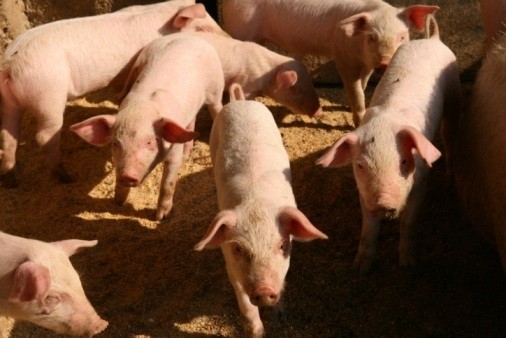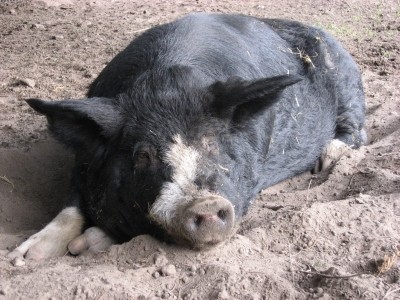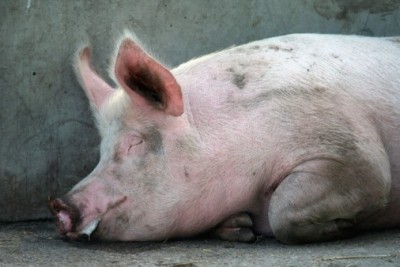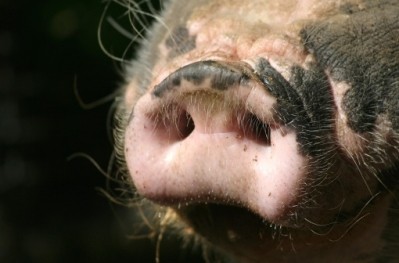Russian pig population under ASF threat

Since May, the disease has spread throughout the Tver region – around Moscow – and the Russian Federal Service for Veterinary and Phytosanitary Surveillance (Rosselkhoznadzor) is concerned about the region’s proximity to Black Earth, where about 40% of the total pig stock in Russia is concentrated. According to government experts, the consequences of the virus spreading would be unpredictable.
So far, there have been four registered outbreaks in the Tver region, and a further five districts have been declared as “disadvantaged with ASF”. Strict quarantine has been implemented in the region, which has severely limited private pig farming, but the migration of wild boars has already led to the spread of ASF from Tver into the neighbouring Novgorod region.
The virus was first spotted in the Krasnodar region in the south of Russia, but has spread into neighbouring regions. Experts predict the consequences in Tver would be worse than those seen in Krasnodar, because Tver is located in the heart of the country.
In Krasnodar, budget losses in 2011 and 2012 due to the ASF outbreak amounted to RUB15bn (US$461m). According to official estimates, around 250,000 pigs were culled as a result of the outbreak, although unofficial estimates put this figure as high as 400,000.
Following inspections by Rosselkhoznadzor, around 40% of large farms and about 90% of small private farms were closed.
Heads of Rosselkhoznadzor have criticised the veterinary services in the region for not combating the spread of ASF – in particular for failing to curb the spread of ASF among the wild boar population.
Initially it was planned to reduce the population of wild boar by half in order to fight the disease. However, Eugene Nepoklonov, deputy head of Rosselkhoznadzor, said: “Efforts to reduce the number of wild boars in the region were carried out ineffectively. Out of 15,928 head of wild boar, according to estimates from the winter season, only 472 head were shot. Even taking into account that this method of estimation is not perfect, and there had already been a farrowing, the wild boar population is estimated to be around 30,000-45,000 head.”
Rosselkhoznadzor is also concerned that the regional target programme, ‘Preventing the introduction and spread of the virus of ASF in the Tver region for 2012-2016’, has still not been accepted, despite repeated orders from the Ministry of Agriculture and Rosselkhoznadzor.

























